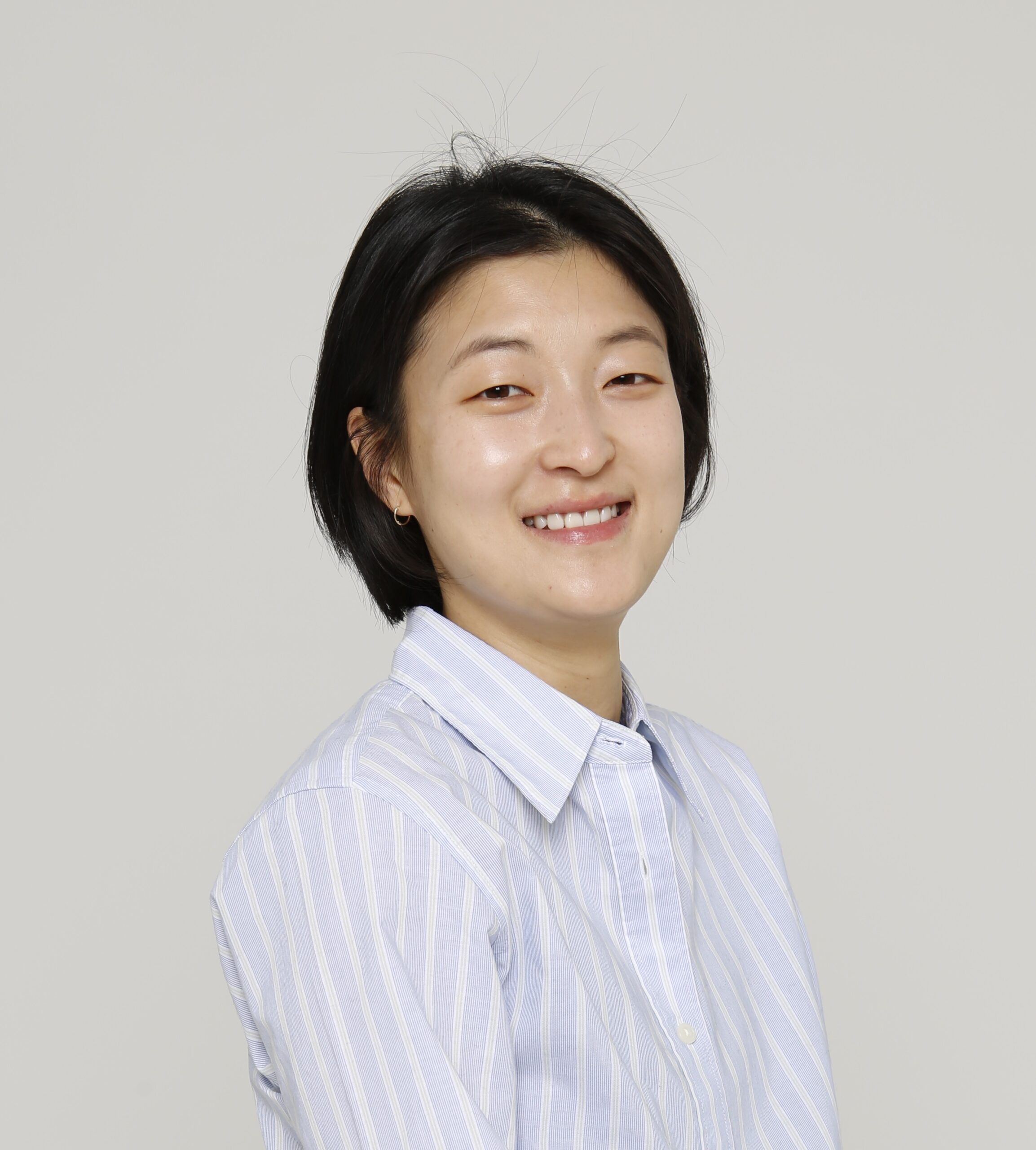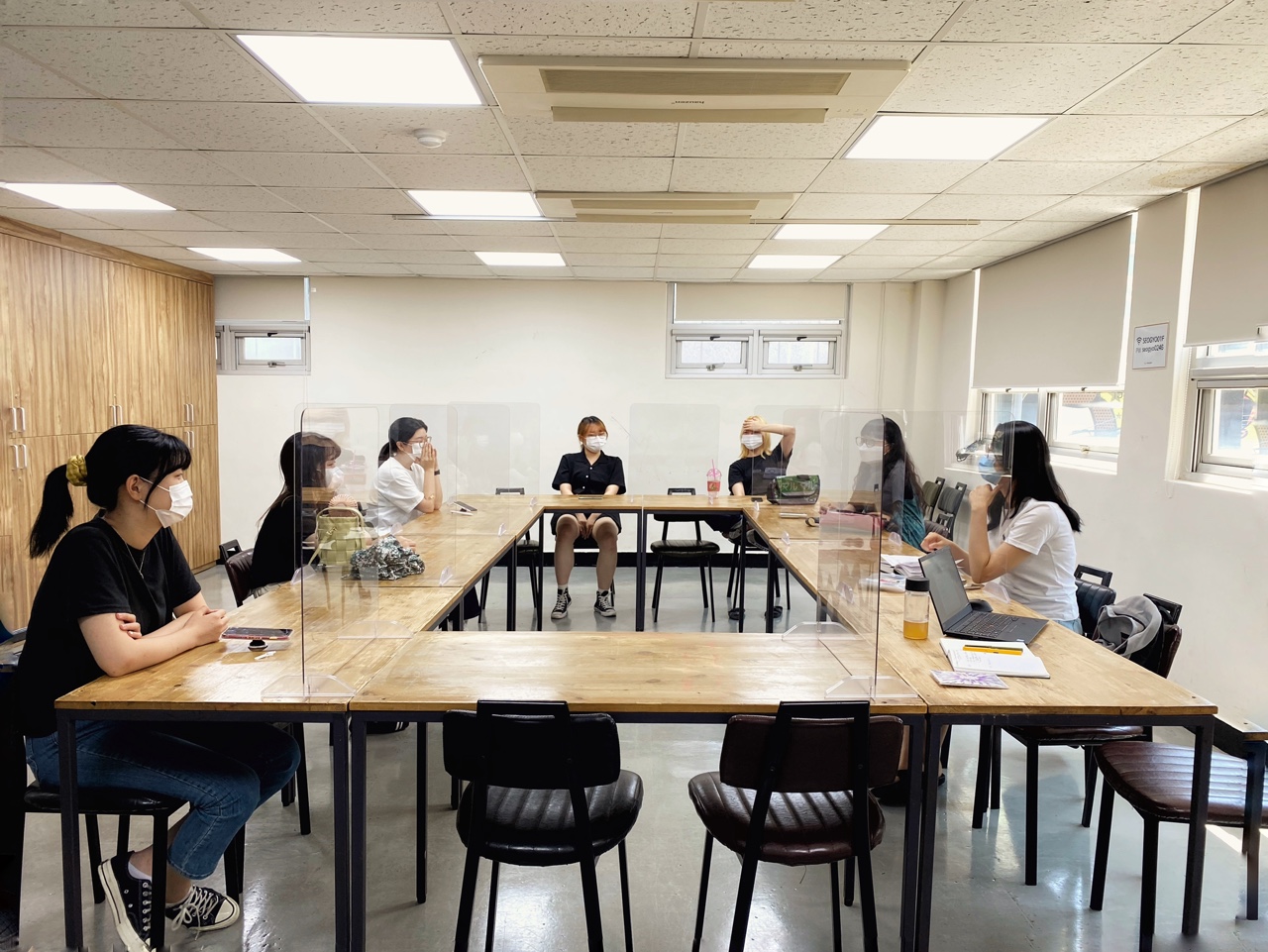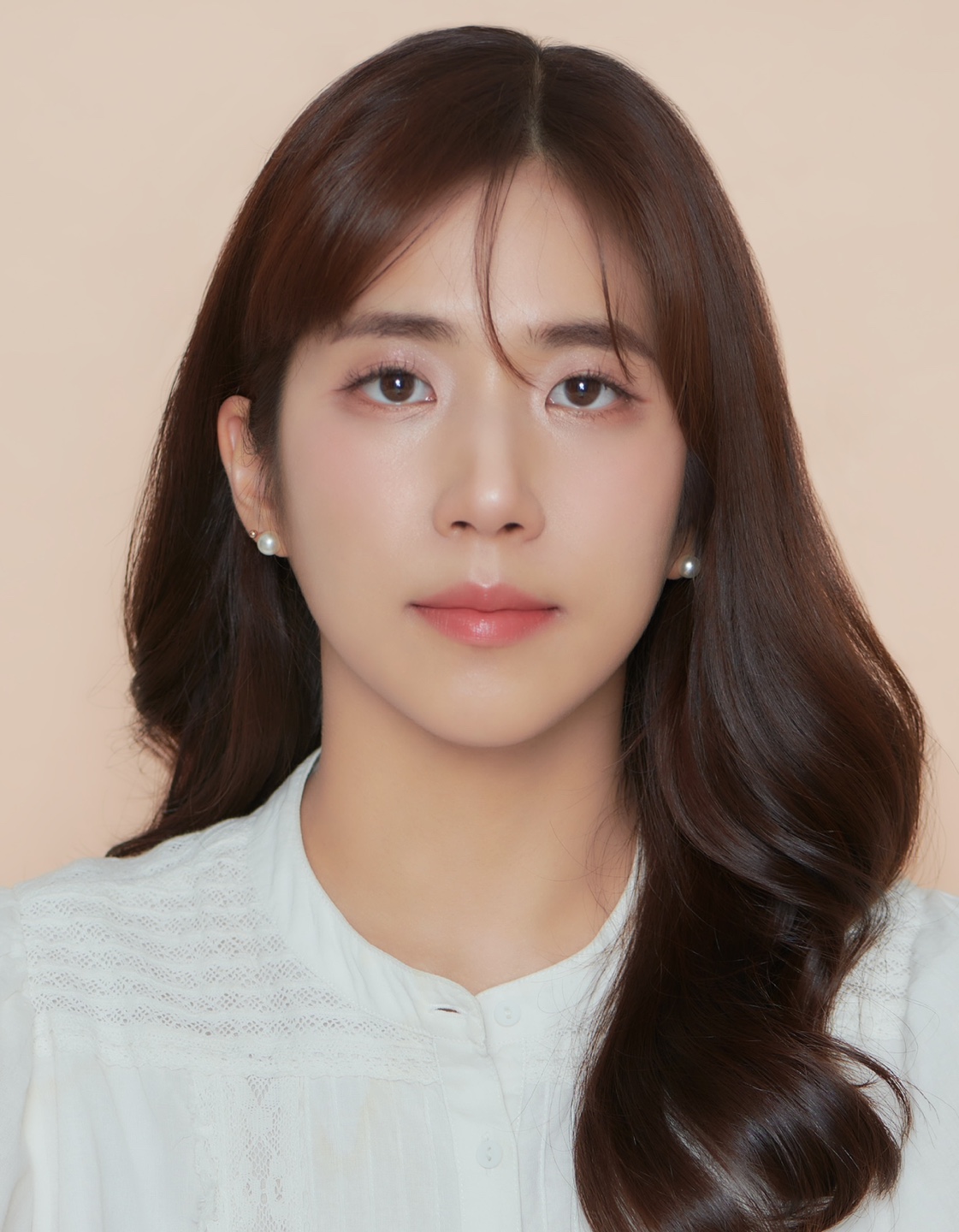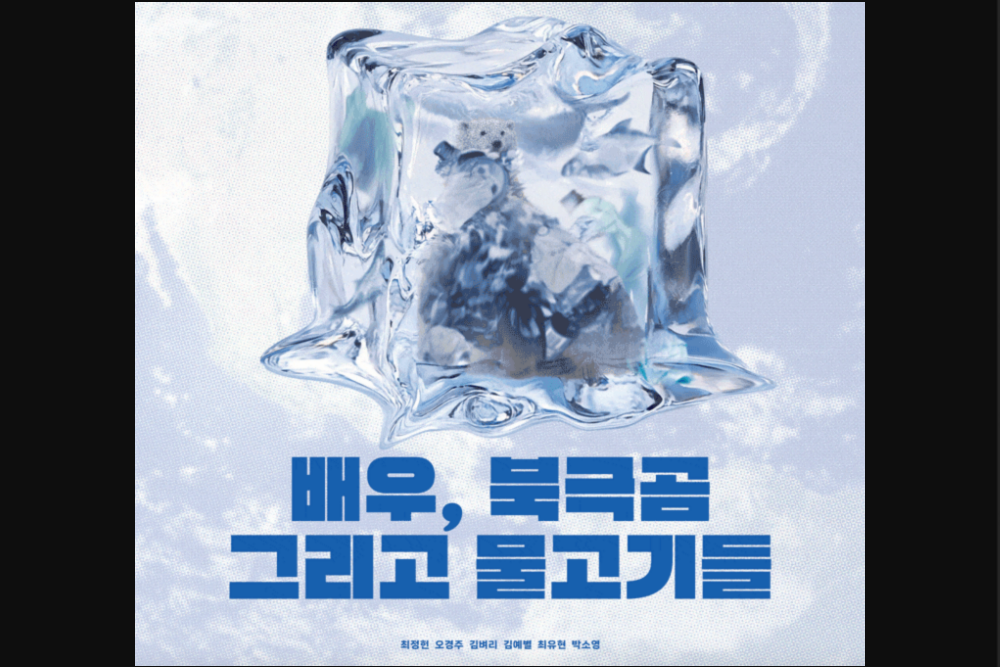This article is based on an interview with Gyohee Baek , Secretary General of the Seoul Fringe Festival.

What were the biggest challenges faced during the initial implementation phase when the Seoul Fringe Festival introduced ‘eco-friendly performances’ and ‘zero waste’ programs to reduce carbon emissions?
The scale of work by artists participating in the Seoul Fringe Festival is relatively small, so there was hardly any resistance compared to working with established artists in areas like Daehangno. Established artists tend to have ingrained habits in their creative processes, making it difficult for them to change. In contrast, Fringe artists are relatively free from such conventions and are often from generations more concerned about the climate crisis, so they tend to actively participate in workshops and related activities.

(Source: Seoul Fringe Festival Secretariat)
From your perspective as the Festival Director, what do you think is necessary for an arts festival to become a sustainable model for responding to climate change? Additionally, what further measures should be considered to reduce the carbon footprint for a sustainable arts festival?
There are countless ways to reduce the carbon footprint in an arts festival—whether in performance venues (theaters), promotion and marketing, operations, or audience management. However, since each festival differs in budget, scale, environment, city, and audience demographics, there’s no one-size-fits-all approach. One of the key points from the ‘Theater Green Book’ is the phrase: “Spend money on people and time.” I believe this is the most important principle. Instead of investing primarily in sets or props, investing in people and time allows everyone involved in the production to collaboratively consider ways to respond to the climate crisis over a longer period. Centered on this principle, festivals should creatively explore what they can do individually. Also, it’s crucial to share the insights and solutions developed with peers at other festivals.

(Source: Seoul Fringe Festival Secretariat)
Do you think the Seoul Fringe Festival presents a new sustainable art form where art and the environment can coexist? If so, what do you believe is the essence of this approach? Also, compared to other international art events or festivals, in what ways do you think the Seoul Fringe Festival is more advanced in responding to the climate crisis, and what distinguishes it from others?
I’m not sure if the Seoul Fringe Festival has a particularly distinctive edge compared to other festivals or if it leads the way by presenting a new art form. However, after reflecting deeply on the climate crisis over the past few years, we’ve been thinking a lot about what sustainable and alternative ways of living might look like. We’re considering how marginalized people, living beings, and art can sustain solidarity continuously. We ask ourselves who might be excluded from attending the festival — not just regarding the climate crisis, but also minorities, people with disabilities, non-human life forms, foreigners, and others — and how the festival can genuinely welcome and invite them. Through this reflection, we naturally look for ways to overcome capitalist mindsets: building community-based festivals, creating festivals that do not exploit artists, planners, audiences, or non-human life, and making spaces that anyone can attend. We often joke that the biggest barrier to overcoming the climate crisis at festivals is working overtime. Usually, we bring our own lunchboxes and try various sustainable practices, but when the festival approaches, overtime work increases, leading to more delivery food and thus more waste. It makes us realize how much things are interconnected in ways we might not have expected.
As a planner, could you please share how you plan to continue addressing climate change and practicing carbon neutrality in future events like the Seoul Fringe Festival? Also, if you have any plans to collaborate with other arts festivals or organizations on climate-related projects, we would love to hear about them.
I’m still in the process of exploring concrete methods. What’s important for us is to set the right attitude and direction, and then continuously seek out the ways to achieve it. Recently, I’ve been thinking about how to engage the artists who participate in the festival but aren’t yet interested in the climate crisis, and how to bring them into the conversation. As for collaboration with other festivals or organizations, we are always open to possibilities. Especially these days, with government support decreasing significantly, it has become very important for independent festivals and organizers to share their resources and work together.

(Source: Seoul Fringe Festival Secretariat)
What policy changes or systems do you think are necessary for the arts sector to take a more active role in responding to climate change?
Many festivals receive public funding, yet I feel that publicly funded festivals tend to be passive in addressing the climate crisis. For example, they often produce grand opening or closing shows that generate a huge amount of waste just to impress the audience. In cases where there are food and beverage booths with sponsors, they may not be allowed to use reusable containers. Public theaters still use ticket envelopes. When I see festivals or theaters claiming to address climate change without these small practical efforts, it often feels contradictory. At the same time, compared to other industries, the arts sector produces relatively low carbon emissions, so rather than pressuring the arts to significantly reduce their already minimal emissions, I believe there should be more festivals that focus on presenting works which explore how art can convey messages about the climate crisis to society. These kinds of festivals should receive greater support.
Has the Seoul Fringe Festival received any specific support from the government or local authorities in its efforts to address environmental issues? If you could suggest improvements for future support systems, what changes do you think are necessary?
As I mentioned during the interview, in 2021, we received support from the Seoul Metropolitan Government’s nonprofit activity support program to carry out the Eco Fringe project. It would be great if organizations like the Arts Council Korea and the Seoul Foundation for Arts and Culture allowed applicants to allocate budgets specifically for climate-related initiatives. I noticed that in this year’s Arts Council festival support application, the section asking about climate crisis response, which was included until last year (even though we only added examples like the CCCS), has been completely removed. Instead, the application now officially allows budget allocation for barrier-free measures and childcare support for artists with young children.
As a performing arts professional, could you share some of the projects or initiatives you would like to pursue further?
I hope the Seoul Fringe Festival can grow into a platform where audiences who genuinely appreciate the work of independent artists and planners can come together. Moving forward, I want to focus on activities that connect diverse people as a platform organization. Also, I want to develop language and methods to better persuade society of the necessity and value of the arts, so next year I plan to put more effort into promotion and marketing, advocacy, and archiving.













